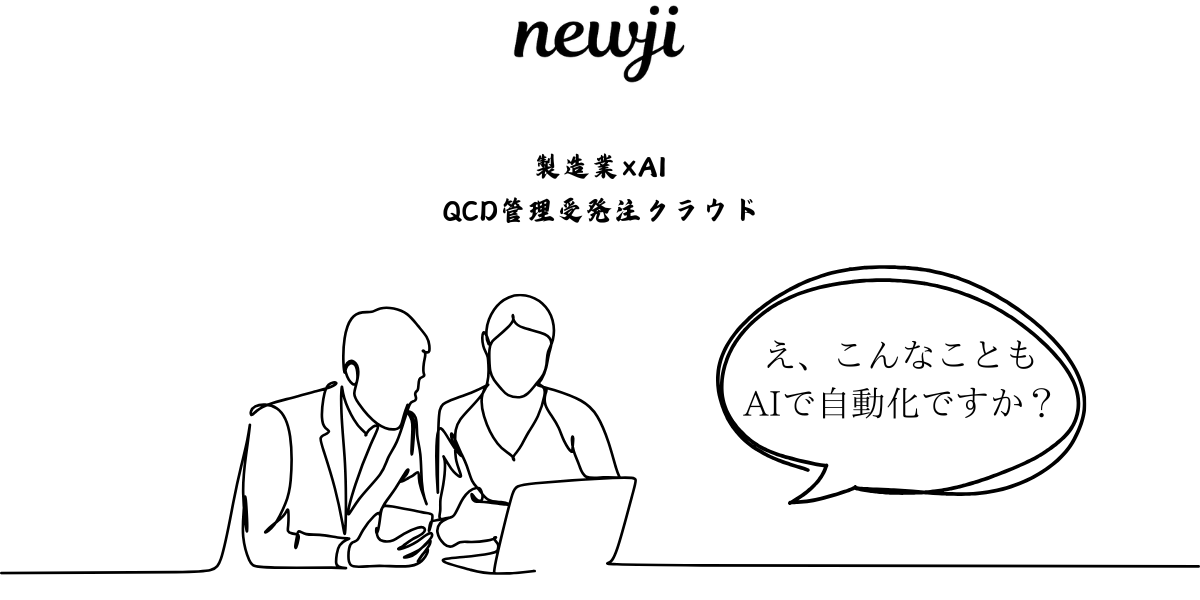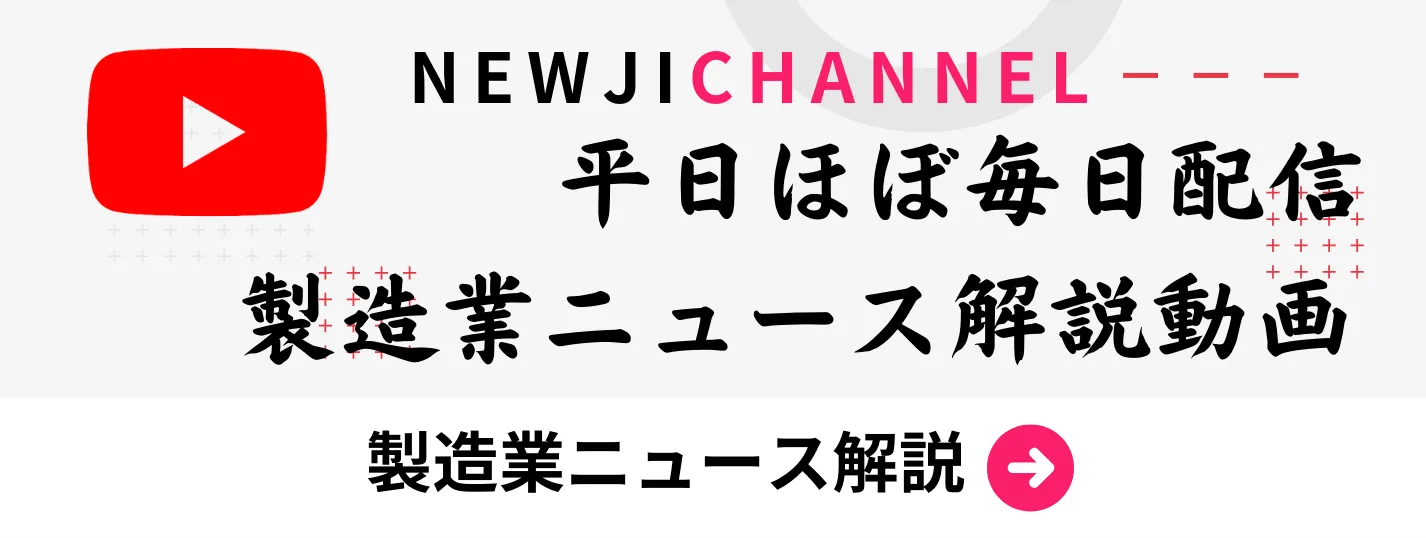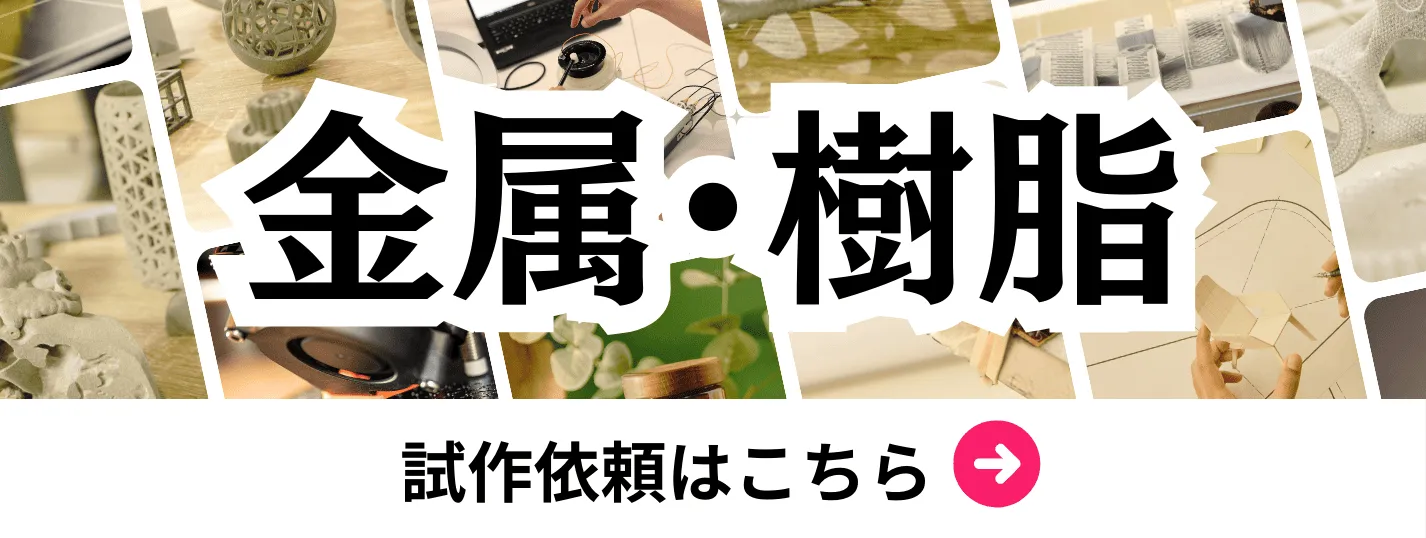- お役立ち記事
- Fundamentals of aerodynamic noise and applications to noise reduction technology
月間76,176名の
製造業ご担当者様が閲覧しています*
*2025年3月31日現在のGoogle Analyticsのデータより

Fundamentals of aerodynamic noise and applications to noise reduction technology

Aerodynamic noise is a fascinating and essential area of study, particularly in industries where controlling noise is crucial.
This type of noise is generated when objects move through the air, creating vibrations and disturbances that can be heard as sound.
Understanding the fundamentals of aerodynamic noise and applying this knowledge to reduce noise is crucial for various applications, from aircraft design to automotive engineering and even in improving the efficiency of wind turbines.
目次
What is Aerodynamic Noise?
Aerodynamic noise originates from the interaction of a solid object with the air around it.
This can occur in multiple forms, such as turbulence noise, where irregular air movements cause sound; vortex shedding noise, generated by alternating vortices in the wake of an object; and boundary layer noise, produced by the friction of airflow over a surface.
Each of these forms results from complex fluid dynamics involving velocity, pressure changes, and turbulence.
Common Sources of Aerodynamic Noise
Aircraft are one of the most notable sources of aerodynamic noise, especially during takeoff and landing.
The engines, landing gear, and wing flaps contribute to the overall sound.
Automobiles also produce aerodynamic noise, particularly at higher speeds, where the interaction between the car body and wind becomes significant.
Other sources include wind turbines, where the rotation of blades through air creates noise, and high-speed trains, which generate sound as they slice through the atmosphere.
In each case, understanding the physics and characteristics of noise production is essential for developing effective noise reduction technologies.
Principles of Noise Reduction Technology
Effective noise reduction relies on both understanding how noise is generated and applying appropriate strategies to minimize it.
This involves using noise control technologies that can either reduce the generation of noise or mitigate its transmission.
Aerodynamic Design Improvements
The most direct approach to reducing aerodynamic noise is through design improvements.
Streamlined shapes can significantly minimize turbulence and vortex formation, which are primary sources of noise.
For example, smooth surfaces and rounded edges on vehicles can help control the airflow, reducing noise levels.
Additionally, incorporating advanced materials like sound-absorbing composites can dampen vibrations and further minimize sound.
These materials are designed to disrupt the vibration pathway, reducing the amount of sound that actually emanates from the surface.
Active Noise Control Technologies
Active noise control (ANC) involves using sound waves to cancel out noise.
This technology uses microphones to monitor noise levels and speakers to emit sound waves with the opposite phase to the noise, effectively canceling it out.
ANC is particularly useful in applications where passive methods are insufficient, such as inside aircraft cabins or high-speed trains.
Active flaps and surfaces that adapt during operation can adjust the aerodynamic properties of a body in real-time to reduce noise.
These innovations are becoming more feasible with developments in smart materials and control technologies.
Case Studies in Noise Reduction
Several industries have made significant advances in noise reduction.
In the aviation sector, modern jet engines are designed with serrated edges, known as chevrons, on the exhaust nozzles.
These modifications aim to reduce the shear between different acoustic emissions, thereby lowering the overall noise level.
Automobile manufacturers are also actively incorporating noise reduction features, like acoustic windshields and specially designed wing mirrors, which disrupts the airflow to minimize noise.
Such advancements have made vehicle cabins quieter and more conducive to conversation and music enjoyment, especially at highway speeds.
In the renewable energy sector, improvements in wind turbine blade design have led to quieter operations.
Upgrades like serrated trailing edges and optimized blade shapes reduce aerodynamic noise, making turbines more acceptable in residential areas.
The Future of Aerodynamic Noise Reduction
As technology progresses, the field of aerodynamic noise reduction will continue to evolve.
Future innovations might include more advanced computational models that accurately predict noise levels, allowing engineers to design quieter systems from the outset.
Incorporating artificial intelligence into noise control systems could lead to adaptive noise mitigation technologies that respond in real-time to changing conditions.
Exciting possibilities also exist in new material sciences, where advanced composites and nanomaterials could revolutionize how noise is addressed.
These materials can potentially offer unprecedented levels of noise absorption and control, allowing for even quieter environments and more efficient systems.
Understanding and applying the fundamentals of aerodynamic noise is vital in creating quieter, more efficient, and environmentally friendly technology, whether it’s making air travel less obnoxious, improving the experience of driving, or generating renewable energy more harmoniously.
As we continue to develop new theories and technologies, the pursuit of reducing aerodynamic noise will remain a critical task in modern engineering and environmental consciousness.
 資料ダウンロード
資料ダウンロード
QCD管理受発注クラウド「newji」は、受発注部門で必要なQCD管理全てを備えた、現場特化型兼クラウド型の今世紀最高の受発注管理システムとなります。
 ユーザー登録
ユーザー登録
受発注業務の効率化だけでなく、システムを導入することで、コスト削減や製品・資材のステータス可視化のほか、属人化していた受発注情報の共有化による内部不正防止や統制にも役立ちます。
 NEWJI DX
NEWJI DX
製造業に特化したデジタルトランスフォーメーション(DX)の実現を目指す請負開発型のコンサルティングサービスです。AI、iPaaS、および先端の技術を駆使して、製造プロセスの効率化、業務効率化、チームワーク強化、コスト削減、品質向上を実現します。このサービスは、製造業の課題を深く理解し、それに対する最適なデジタルソリューションを提供することで、企業が持続的な成長とイノベーションを達成できるようサポートします。
 製造業ニュース解説
製造業ニュース解説
製造業、主に購買・調達部門にお勤めの方々に向けた情報を配信しております。
新任の方やベテランの方、管理職を対象とした幅広いコンテンツをご用意しております。
 お問い合わせ
お問い合わせ
コストダウンが利益に直結する術だと理解していても、なかなか前に進めることができない状況。そんな時は、newjiのコストダウン自動化機能で大きく利益貢献しよう!
(β版非公開)









